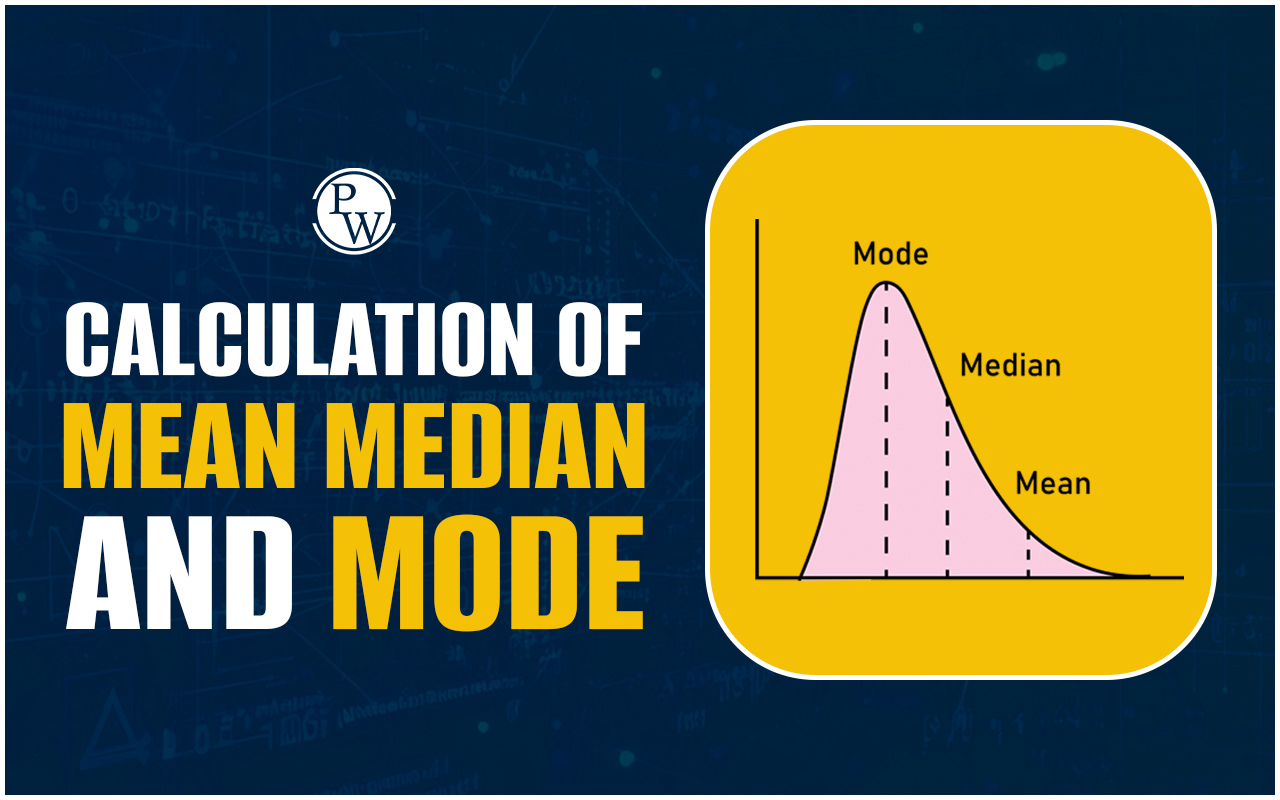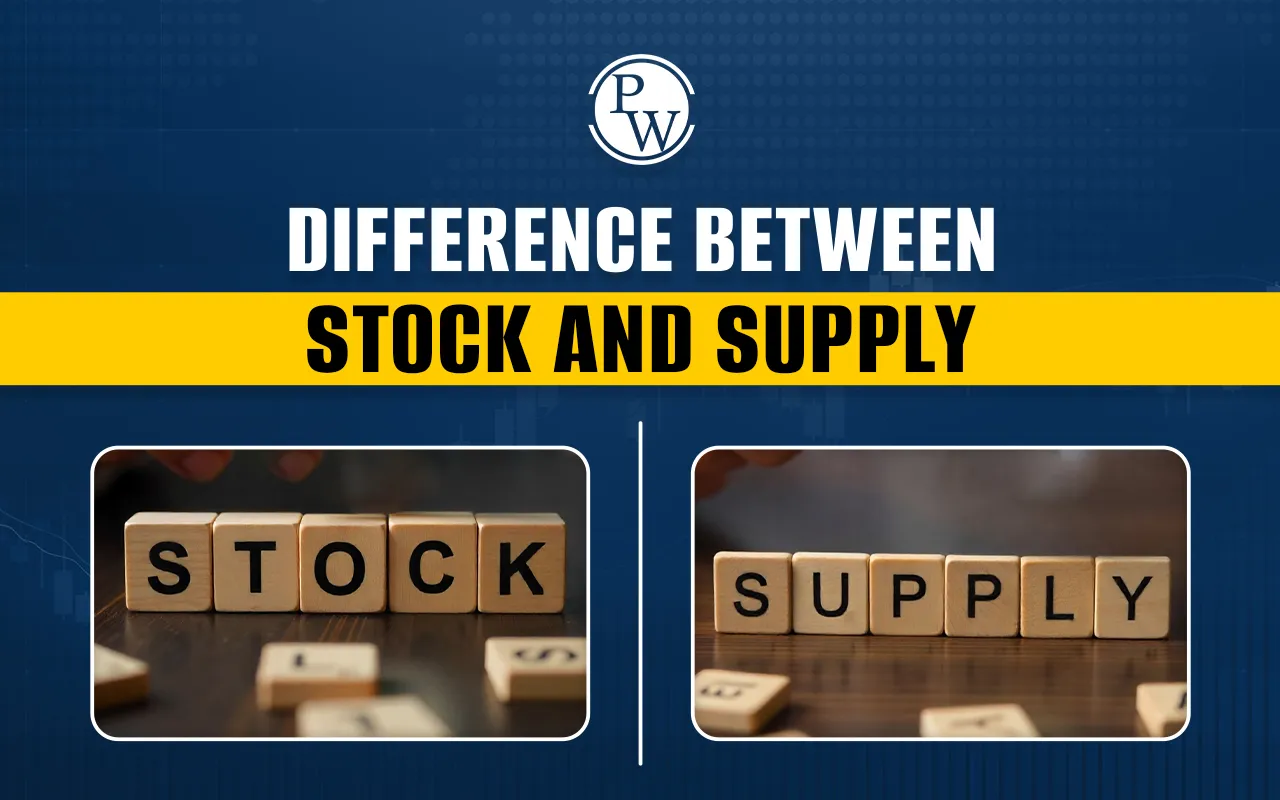

Reasons of Stock Market Crash 2008
The Stock Market Crash 2008, also known as the Global Financial Crisis, resulted from a complex interplay of factors rooted in U.S. history.History – US Government Policy
Post-World War II, the U.S. government aimed to revive the domestic economy and promote housing development. The introduction of a lending system, known as mortgages, initially served prime market citizens. However, in 1992, a shift occurred as the government relaxed underwriting standards to increase "the homeownership rate of low and moderate Americans."US Real Estate Crisis and Housing Bubble
Low-interest rates sparked increased demand for mortgages, leading to the creation of mortgage-backed securities (MBS). The housing bubble emerged as housing prices steadily rose. U.S. banks, taking advantage of low-interest rates, borrowed money to create mortgages, contributing to the financial breakdown.The Role of US Investment Banks – CDO’s and Rating Agencies
Investment banks played a central role by creating collateralized debt obligations (CDOs) and engaging with rating agencies. The market for CDOs grew globally, with investment banks relying on agencies like Standard & Poor's and Moody's to assign high ratings to risky securities.No Regulation
The year 2000 saw the deregulation of derivatives in the financial market, encouraging investment banks to explore new, more speculative financial products. Subprime mortgages in the housing market became a profitable avenue for speculation.Relationship Between Investment Banks and Rating Agencies
Investment banks paid rating agencies to maintain high ratings for their CDOs, even as these new derivatives became increasingly risky. The lack of government regulations and the trust in rising house prices contributed to the creation of a financial time bomb. Also Check: Stock Market Classes for BeginnersThe Role of AIG – The Biggest Insurance Company in the World
AIG, the world's largest insurance company, played a significant role by selling credit default swaps (CDS) as insurance against CDO defaults. The lack of government regulations for CDS contributed to excessive risk-taking and the eventual failure of numerous CDOs.Looking for the Best Commerce Coaching?
Enroll Now in PW Commerce Batches!
Effects of Stock Market Crash 2008
National Impact:
- Indian economy witnessed a slowdown in 2007-08, with GDP growth dropping from 7.8% to 5.8% during the global financial crisis.
- Foreign Institutional Investors (FIIs) sold shares of Indian companies to fulfill liquidity needs, leading to a significant devaluation of the Indian rupee to Rs. 49 in October 2008.
- The 2008 market crash adversely affected India's foreign trade balance, resulting in a 13% decline in exports.
International Consequences:
- The global inter-banking market faced a complete freeze due to widespread fear of unknown banks.
- Many banks sought emergency funding to cope with the liquidity crunch, highlighting the severity of the financial crisis.
- Central banks and governments globally collaborated to prevent further economic disaster.
- Unemployment rates surged to 10% by 2009, reflecting the widespread impact on employment.
- Stringent lending rules were adopted by credit facilities, making borrowing challenging for those facing financial difficulties.
- The financial crisis eroded investor confidence in the stock market, contributing to a broader loss of trust in financial institutions.
| Read Related Topics | |||
| Break-Even Analysis | Average Revenue Formula | Commodity Market | Bill of Exchange |
| Bank Reconciliation Statement | Accounts Correspondence | Supply Function | Budget Deficit |
Stock Market Crash 2008 FAQs
What were the impacts of the 2008 crash?
The 2008 crisis led to a worldwide economic slowdown, triggering a reduction in GDP growth, widespread unemployment, and a loss of investor confidence.
What is the major reason for the stock market crash?
The fundamental reason for the 2008 stock market meltdown was the bursting of the housing bubble, precipitated by subprime mortgage defaults and reckless banking activities.
Which three reasons contributed to the Great Recession of 2008?
Subprime mortgage crisis, banking system failures, and a drop in consumer spending were the three key reasons that contributed to the Great Recession of 2008.
Who was accountable for the 2008 financial crisis?
The financial crisis of 2008 was ascribed to a combination of unethical lending practices by banks, weak regulatory monitoring, and the housing market bubble.
Which bank started the 2008 crisis?
Lehman Brothers' bankruptcy in September 2008 is often considered the catalyst that intensified the financial crisis.
Talk to a counsellorHave doubts? Our support team will be happy to assist you!

Check out these Related Articles
Free Learning Resources
PW Books
Notes (Class 10-12)
PW Study Materials
Notes (Class 6-9)
Ncert Solutions
Govt Exams
Class 6th to 12th Online Courses
Govt Job Exams Courses
UPSC Coaching
Defence Exam Coaching
Gate Exam Coaching
Other Exams
Know about Physics Wallah
Physics Wallah is an Indian edtech platform that provides accessible & comprehensive learning experiences to students from Class 6th to postgraduate level. We also provide extensive NCERT solutions, sample paper, NEET, JEE Mains, BITSAT previous year papers & more such resources to students. Physics Wallah also caters to over 3.5 million registered students and over 78 lakh+ Youtube subscribers with 4.8 rating on its app.
We Stand Out because
We provide students with intensive courses with India’s qualified & experienced faculties & mentors. PW strives to make the learning experience comprehensive and accessible for students of all sections of society. We believe in empowering every single student who couldn't dream of a good career in engineering and medical field earlier.
Our Key Focus Areas
Physics Wallah's main focus is to make the learning experience as economical as possible for all students. With our affordable courses like Lakshya, Udaan and Arjuna and many others, we have been able to provide a platform for lakhs of aspirants. From providing Chemistry, Maths, Physics formula to giving e-books of eminent authors like RD Sharma, RS Aggarwal and Lakhmir Singh, PW focuses on every single student's need for preparation.
What Makes Us Different
Physics Wallah strives to develop a comprehensive pedagogical structure for students, where they get a state-of-the-art learning experience with study material and resources. Apart from catering students preparing for JEE Mains and NEET, PW also provides study material for each state board like Uttar Pradesh, Bihar, and others
Copyright © 2025 Physicswallah Limited All rights reserved.











